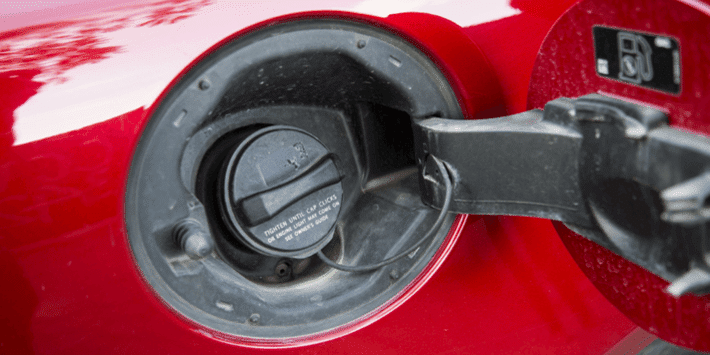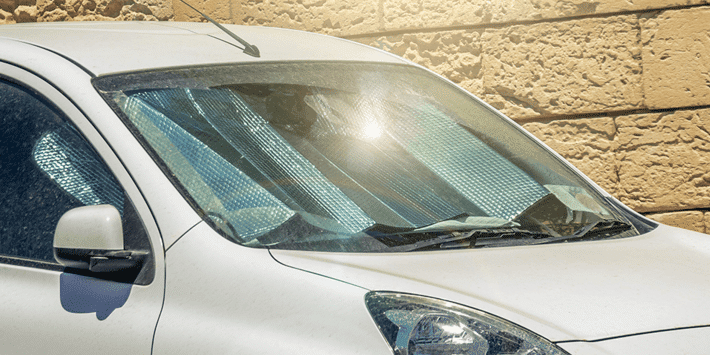Why not change the oil in your car yourself? It is not expensive and relatively easy to do. But how do you change your engine oil at home? What equipment do you need? To guarantee that the oil is changed correctly, follow our step by step tutorial.
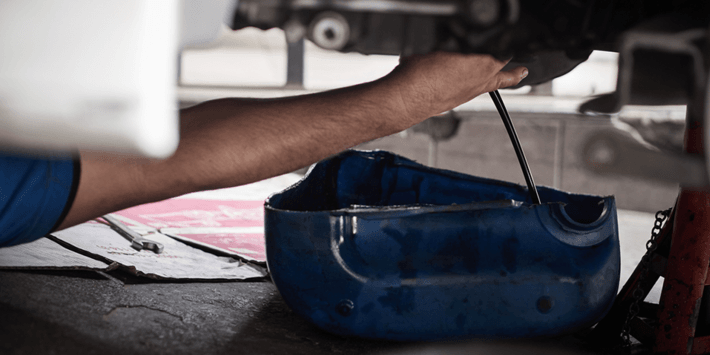
Why not change the oil in your car yourself?
Replacing used engine oil with new oil will prevent damaging your vehicle’s engine.
Changing oil is a relatively easy mechanical act which is cheaper do yourself than to take your car to the garage. Also, if you are a beginner, it will only take 1.5 to 2 hours. Here are 2 reasons to change the oil yourself.
When should you change the oil in your car?
In most cars, the instrument panel indicates the number of miles remaining before the next oil change. To give an idea, on average, oil is changed every 1 to 2 years, i.e. every 10,000 to 30,000 kilometres. This varies depending on the type of driving and the quality of engine oil used.
Where can you change the oil?
Your car must be parked on a flat surface or slightly raised at the front, on a pavement for example, to allow the oil to drain easily. Take every precaution to make sure that your car cannot move to keep yourself safe. Place newspapers or an old sheet/cover under your car before starting to drain the oil to protect the ground/floor from dirt.
What engine oil for your car?
Engine oil should be chosen according to your car manufacturer’s recommendations, based on your driving habits and the weather conditions in your region. To do this, refer to the viscosity indexes (number + W for Winter). For example, “5W-30” is indicated on the oil container: this oil is suitable for regions which are quite cold and where your engine is often subjected to high loads (in town for example). For hotter regions, use oil with the index 10W40 or 10W60.
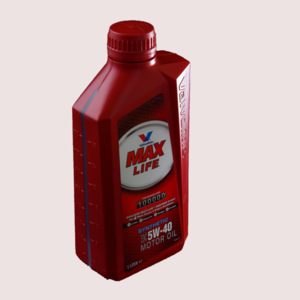
What tools do you need to change oil?
Changing oil is easy provided that you are correctly equipped and your equipment is prepared beforehand. For a problem free oil change, you need:
- A 5 litre container of engine oil
- A new oil filter: to be chosen based on recommendations from your car’s manufacturer, your garage or your service centre
- 4 jack stands to raise the car and keep it level
- A strap wrench or a spanner to remove the oil filter
- A drain pan to collect the used oil
- A funnel
- A wrench for the drain plug (socket or box) to remove the plug from the sump
- A new drain plug seal
- A screwdriver to remove the protective cover under the engine
- Old rags for the final clean-up
- Gloves to protect you from the dirty oil which is perhaps hot
How can you change oil yourself?
Tutorial to change oil by yourself
Prepare your vehicle:
- Prepare all the equipment mentioned above before starting to change the oil in your vehicle.
- Let the engine idle for 5 to 10 minutes. This allows the engine oil to reach a normal operating temperature and drain more easily.
- Position the vehicle: place jack stands under the vehicle using a jack (except for 4x4s and SUVs) and protect the ground with newspapers, sheet/cover, etc. Take time to check that your vehicle is stable.
Be careful not to burn yourself: even switched off, the engine and the oil are still hot! This is when to put on your gloves.
Start the drainage operation:
- Unscrew the oil filler cap which can be found under the bonnet.
- Climb under your car and remove the protective cover using the screwdriver. A metal reservoir is screwed under the engine, this is the oil sump. The oil drain plug is on the side or under the sump.
- Place the drain pan below it, and only after, unscrew the plug to collect the used oil.
- With a suitable wrench, slowly remove the plug to prevent it from falling into the drain pan. The oil starts to flow, the oil change has started! Now, be patient and prepare the next steps.
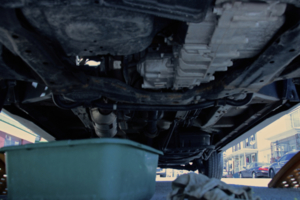
Change the engine oil filter:
- Change the oil filter: with a suitable wrench (strap or spanner, etc.), loosen and slowly remove the filter. On the new filter, apply a light film of new oil to the rubber seal to install and remove it more easily, and ensure it seals correctly. First of all, screw the new filter in by hand, then using a strap wrench.
- When the oil is completely drained, leave the drain pan and the sump open then start by pouring a small amount of new engine oil which will remove any residues of used oil and as such clean the circuits. This step can increase the service life of the new oil since it is not mixed with dirty oil. Wait for all the oil to flow out before proceeding to the next step.
- Climb back under the car. Place the new drain plug seal in the right direction and screw in the sump drain plug, first by hand then using a suitable wrench.
- Put the engine protective cover back in place with the screwdriver and remove the jack stands to put your car back on the flat.
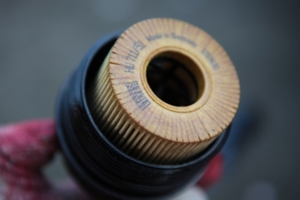
Fill the tank with new engine oil:
- Use the funnel and carefully pour 3/4 of the container of new engine oil (approx. 4 litres), while checking the level with the dipstick.
- Start the engine to heat the new engine oil. Put the filler cap back in place! Warning: to prevent damaging the seals, the level on the dipstick should never be above maximum.
- If necessary, top up the level of engine oil after running the engine for a short time.

What to do with used oil?
- Used oil should not be disposed off just anywhere (just like tyres) or put down a sink in the house since it is extremely toxic! It should be poured into a container and taken to a recycling facility, a garage or a car centre.
- To reset the counter before the next oil change, refer to your car’s handbook.
- The surplus engine oil should be kept in case you need to top the level up from time to time. Don’t forget to check the oil level regularly using the dipstick.


